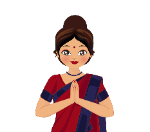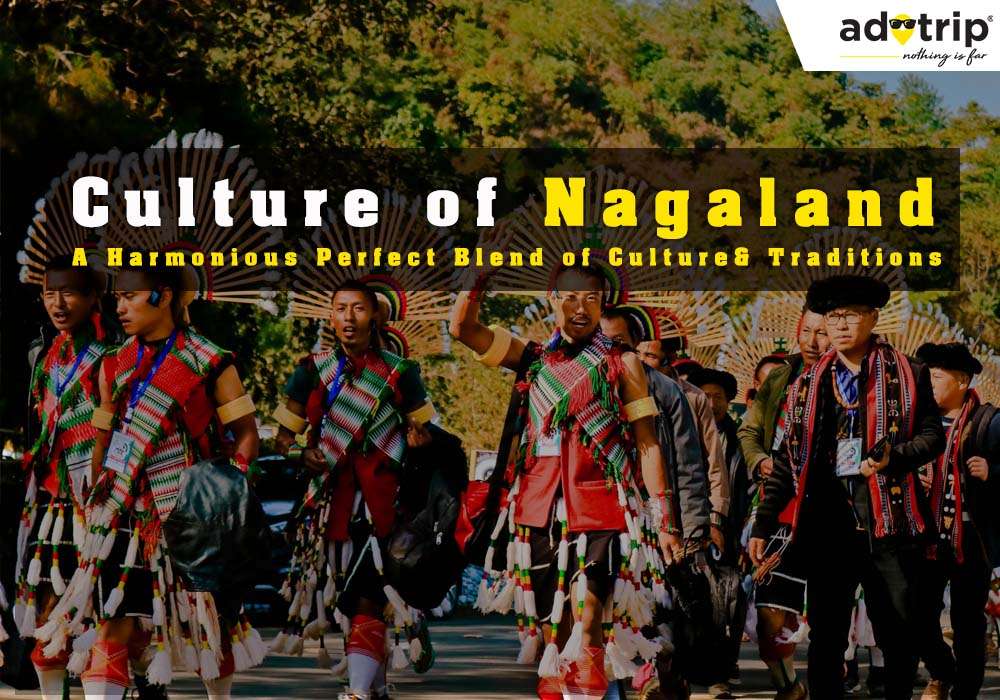
Last Updated At: 26-Aug-2025
Culture Of Nagaland | Traditions, Food, Dance, Music
One of the seven sister states of India, Nagaland is famously nicknamed the falcon capital of the world, as it is a natural habitat for different species of birds. The state boasts mesmerising landscapes, mighty mountains, gurgling waterfalls, beautiful tea gardens and rich culture. The ebullient Nagaland tribes have blended modernisation with ethnic customs over the years. The lip-smacking local cuisine, breathtaking tourist spots, religious and cultural festivals, exquisite arts and crafts and dance forms mirror the state's rich heritage.
Culture Of Nagaland | Tradition And Lifestyle
Are you planning your next vacation to Nagaland? Learn fascinating facts about the place before closing on the best Nagaland package booking.
- Festivals of Nagaland | Celebrate the Vibrant Cultural and Religious Nagaland Festivals
- Naga Cuisine | Relish the Bold and Authentic Delicacies of Nagaland
- Art and Craft | The Magnificent Handicrafts of Nagaland tribes.
- Best Places to Visit | Discover the Beauty of Nagaland
- Dance forms of Nagaland | The Energetic Traditional Folk Styles
1. Festivals of Nagaland | Celebrate the Vibrant Cultural and Religious Nagaland Festivals
The festive mood never fizzles out in Nagaland. The diversity in population leads to various festivities throughout the year. In January, the Kuki tribe honours and pleases the demon Thilha through the religious Mimkut Festival. During the second week of March every year, the Chakhesang tribe celebrates the four-day-long harvest festival, Tsukheneye. The Hornbill Festival is the most popular celebration of the region, attracting tourists from around the globe. Organised in the first week of December, it is a cultural festival that brings all Naga tribes together for 10 days of merriment. Some other important tribal festivals are Moatsu Mong, Yemshe, Bushu, Sekrenyi and more.
Read More : Famous Festivals Of Nagaland
2. Naga Cuisine | Relish the Bold and Authentic Delicacies of Nagaland
The Naga cuisine is extraordinary and made of many local ingredients. Bamboo shoots, axone (fermented soybean), ngari (fermented fish), chokibo (snails), local spices, and different kinds of chillies are widely used in cooking. Rice is a staple in this region. Must-try dishes include Kangshoi, Eromba, Paknam, Chak-hao kheer, and Zutho.
Read More : Famous Foods Of Nagaland
3. Art and Craft | The Exquisite Handicrafts of Nagaland Tribes
The deft craftsmanship of the Naga tribes is spectacular. They are famous for their metal work, where tin, brass and iron are moulded into exquisite jewellery and artefacts. The tribals also weave extraordinary shawls, mats, and shoulder bags. The new generation is blending traditional Nagaland handicrafts. With a modern appeal, representing ancestral motifs to the world. The distinct basketry style of the Angami Nagas is a true wonder. They make baskets and containers from locally available bamboo and cane.
4. Best Places to Visit | Discover the Beauty of Nagaland
Dotted with hills, valleys, rivers and endless natural wonders, Nagaland is filled with adventures. Trek up the majestic Mount Tiyi to get a bird's eye view of Nagaland and the River Doyang from an altitude of 1969 meters. Next, you can head towards the foot-shaped Shilloi lake, nestled against the Maktai range. It is a sight to behold! The Naga Heritage Village lets you closely witness tribal life, while the Nagaland State Museum preserves and narrates the rich history of the 16 Naga tribes inhabiting the land. Finally, visit the Intaki Wildlife Sanctuary to experience flora and fauna at their rawest. These are some of the best places to visit in Nagaland.
Read More : Places To Visit In Nagaland
5. Dance forms of Nagaland | The energetic traditional folk styles.
All Nagaland tribes have high-spirited dance forms unique to them. The War Dance is a prominent style where the dancers mimic war cries and risky war movements. Each act is designed to depict a story. The Zeliang Naga tribe is popular for its artistic Zeliang dance, where men and women dressed in vibrant traditional attire dance in circles to energetic drum beats. The other well-known dance forms are Butterfly Dance, Rengma, Leshalaptu, Modse, and Khamba Lim.
Read More : Culture Of Nagaland
Your virtual trip to Nagaland with Adotrip ends here. Now it is time to book the real tour! Adotrip is your one-stop solution for all travel and tourism-related queries. We off detailed information on local guides, local customs and culture, travel updates and more. As a reputed travel platform, we make all travel plans hassle-free with jaw-dropping deals and discounts on travel services, reliable booking services and bespoke itineraries.
With us, nothing is far!
Frequently Asked Questions About The Culture Of Nagaland
Q1. What are the major cultural festivals celebrated in Nagaland?
A1. One of the several major festivals in Nagaland is the famous cultural Hornbill Festival. It was started in 2000 to promote Nagaland tourism. Among tribal festivals, Sekreyi is celebrated by the Angami tribe to foster harmony. The Konyak Tribe celebrate Aoleang, a harvest festival. Naknyulem is a cultural festival of the Chang Tribe that promotes friendship and the rich traditions of the tribe. The Zeling tribe organises the Hega festival for newly married couples. Festivals like Christmas and New Year are also celebrated with equal fervour.
Q2. Can you tell me about the traditional dance forms and music genres of Nagaland?
A2. Nagaland is popular for its different tribal dance forms. Some of the popular ones are Monyo Ashu, Sus Lua, Melo Phita, Udoho, and Akok-Khi. Each dance form is native to different tribes and performed on special occasions. Amongst folk music, Nagaland Ballads are often sung by bards reiterating the valiant deeds of tribal heroes. The two other genres are gospel music (by the Christian community) and secular music (rock or pop genre).
Q3. How does Nagaland celebrate its regional and religious festivals?
A3. Since the people of Nagaland belong to an agrarian society, their regional and religious festivals of Nagaland revolve around harvesting. Each tribe has a unique ritual and a deity. The Kuki tribe of the Peren district prays to the demon god Thilha in the Mimkut festival after harvesting Maize, locally known as Mim. While Bushu Dima is the harvest festival of the Dimasa Tribe from Dimapur, in which they offer the entire paddy yield to Brai Sibrai Madai, the supreme power. Miu is another harvest festival celebrated by the Khiamniungan tribe of the Tuensang district, where they pray to the Almighty to bless their crops.
Q4. Are there any unique art and craft forms that represent Nagaland's culture?
A4. The tribals of Nagaland are adept in metalwork. They create unique necklaces, amulets, and bracelets from brass and iron. The bead jewellery is also an integral part of the art. Angami tribe's cane and bamboo basketry requires special mention here. Weaving is another essential art form among Nagaland tribes. They produce fabric and weave timeless motifs on shoulder bags, table mats and shawls. You can find plenty of souvenirs to bring back home.
Q5.What are some famous folklore and mythological stories associated with Nagaland?
A5. One of the most popular folklore of Nagaland is that the spirit of a person does not reside in the human body but lies in the bodies of animals, especially tigers wandering in the forests. It comes from the tale of the Man, Tiger and Spirit. There are also ceremonies originating from this mythological story. Legends say that White elephants roam in the Dzukou Valley, and only a handful have seen the unique gentle giants. Another popular folklore revolves around the Kezol river meaning 'Dark Water', where the departed souls travel along the river bank on their journey to the spirit world.
Q6. How does Naga cuisine reflect its cultural identity?
A6. The tribals of Nagaland have a deep connection with nature, which is reflected in the Naga cuisine. They widely use ingredients sourced from their natural surroundings to make exotic, sweet, and savoury delicacies.
Q7. Can you tell me about the traditional attire and jewellery worn in Nagaland?
A7. The traditional Naga attire is a true representation of their marvellous lineage. The tribe members don intricately designed shawls depicting the wearer's social hierarchy position. Men sport conical red headgear adorned with canine teeth from boars and black and white Hornbill feathers. They are further decked up in bead jewellery and bright tattoos.
Q8. Are there any specific rituals or customs followed in Nagaland's cultural practices?
A8. While each tribe has different rituals and customs, the most interesting ones are marriage customs. For instance, in the Angami tribe, the posture of a strangled owl will determine the fate of a couple. Nagaland's matrimonial culture's elaborate rituals and customs in Nagaland's matrimonial culture make the land unique.
Q9. How do Nagaland's tribal traditions contribute to its cultural heritage?
A9. Nagaland is often addressed as the Land of Tribes, where every tribe has distinct rituals, attires, dance forms, cuisine, language and handicrafts. All these combined make Nagland's tapestry extraordinary, serving as the bedrock of its rich cultural heritage.
Q10. Can you recommend some cultural events or festivals to experience in Nagaland?
A10. Every festival in Nagaland is worth a visit. To take in the rich culture of the tribes, harvest festivals like Mimkut, Aoleang, Tsukheneye, and Bushu Dima should be on your list. Each festival takes place at different times of the year. The Hornbill Festival in December is a must-visit, as you can experience the dance, music and cuisine of all the Nagaland tribes in one place.
--- Published By Adotrip
Latest Blogs
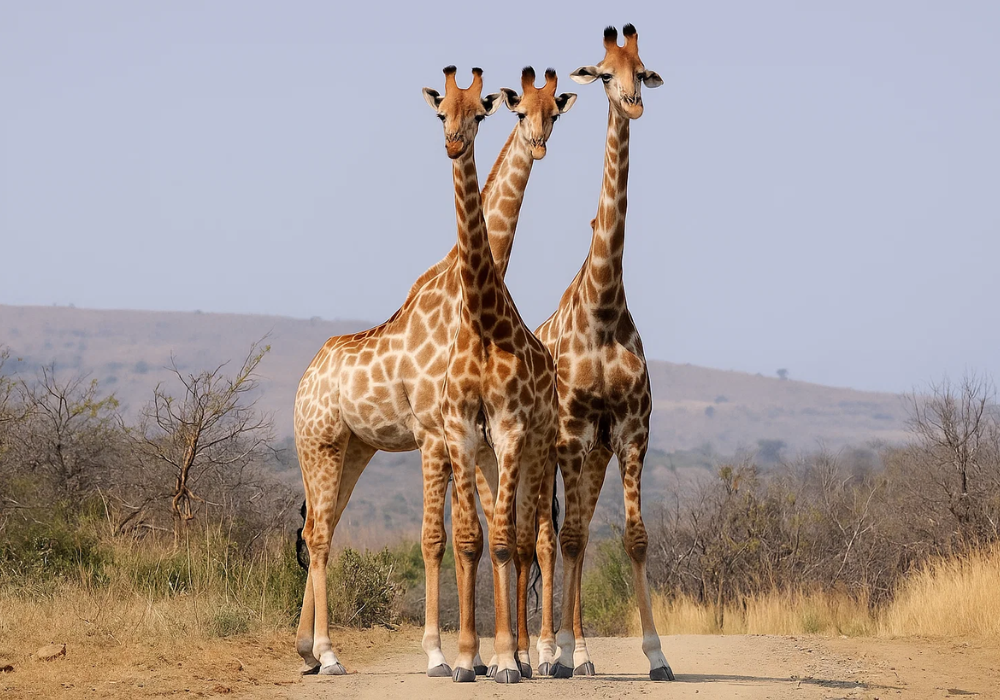
Cash in the Wild: My Safari Adventure Across Kenya with Only...

One Day Picnic Spot Near Pune - Adventure, Trekking and Natu...
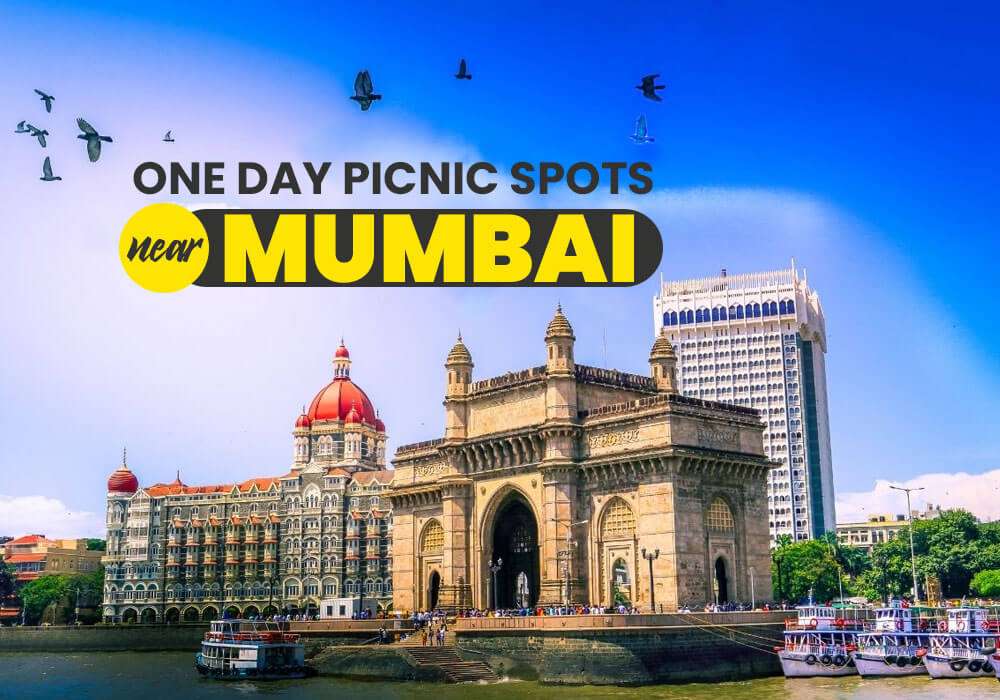
One Day Picnic Spots Near Mumbai - Monsoon, Adventure, Beach...
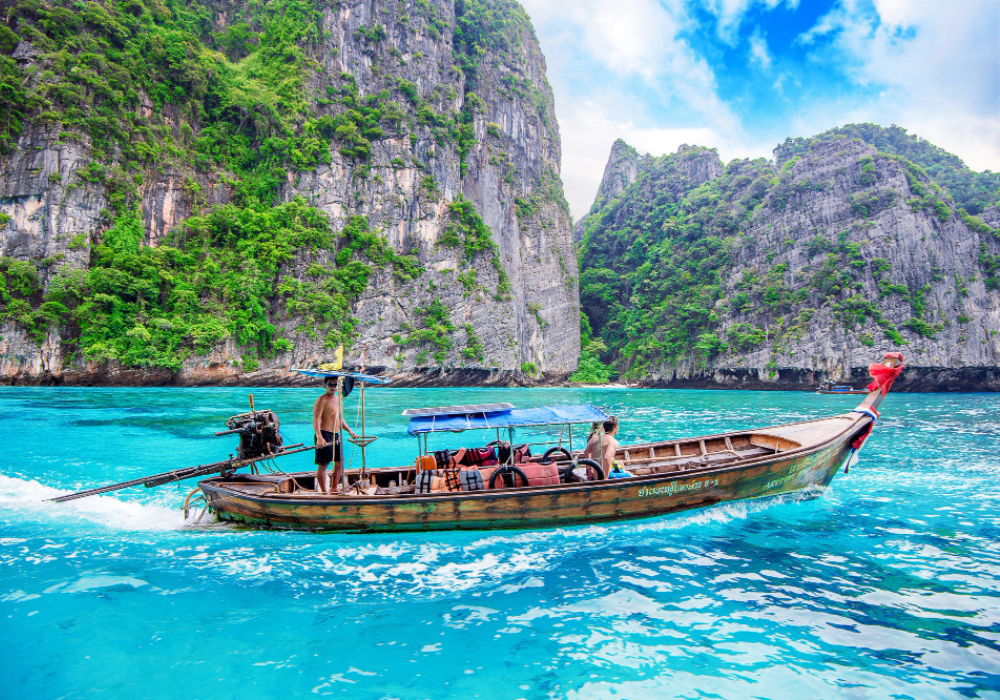
The Best Places to Go in Thailand in 2025
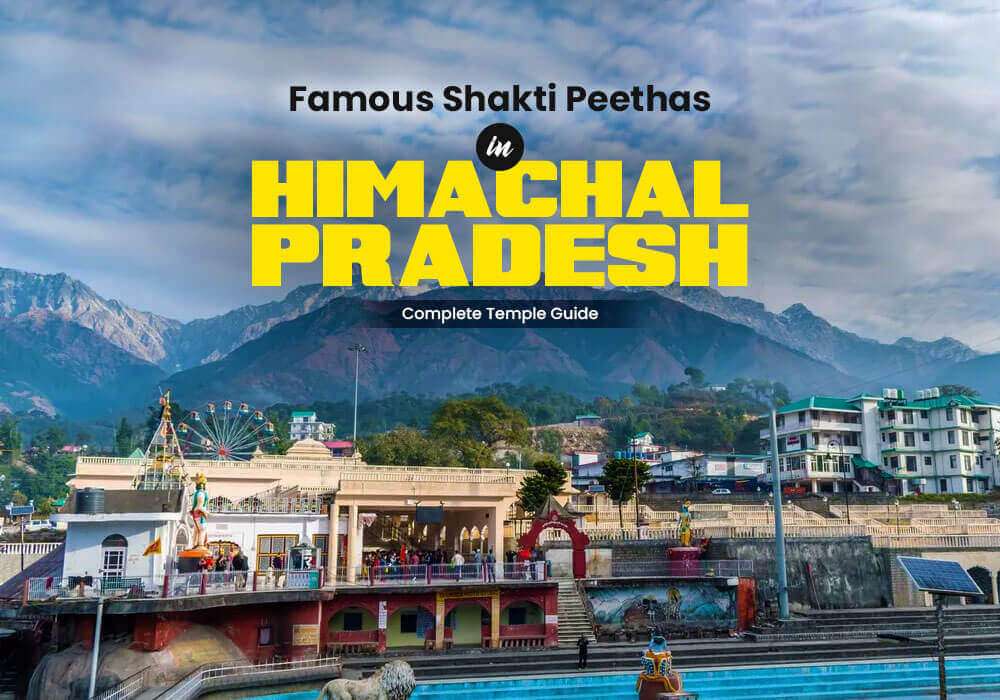


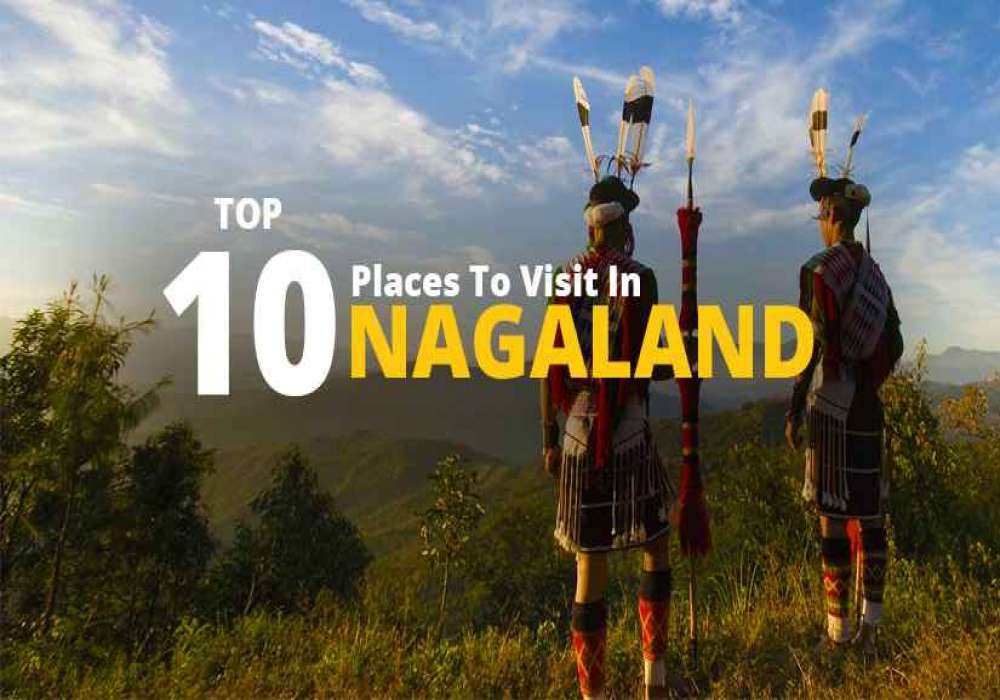
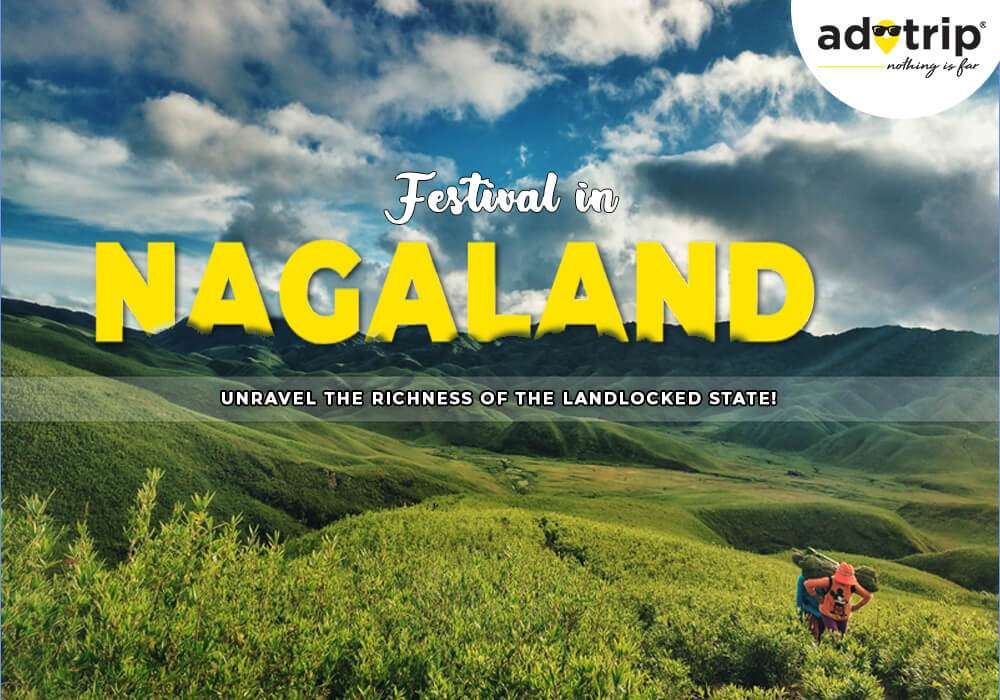
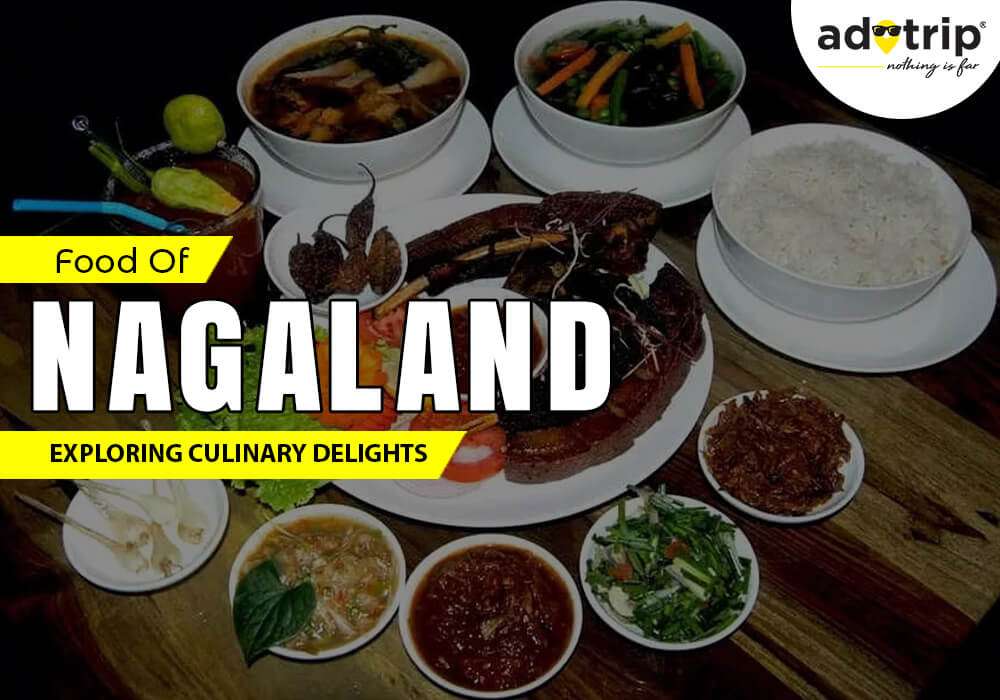
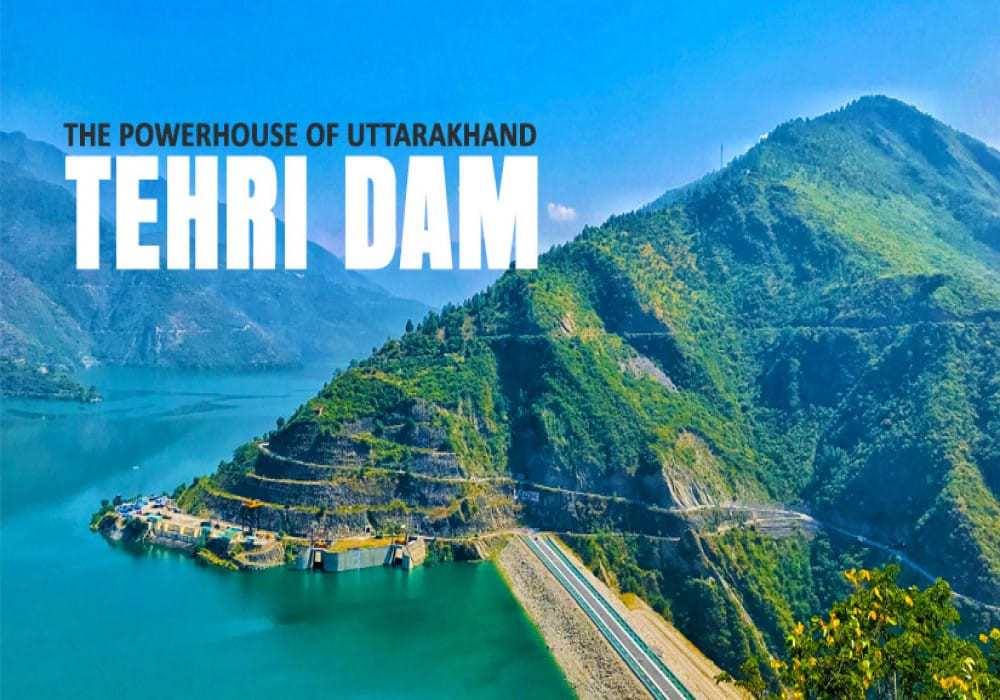
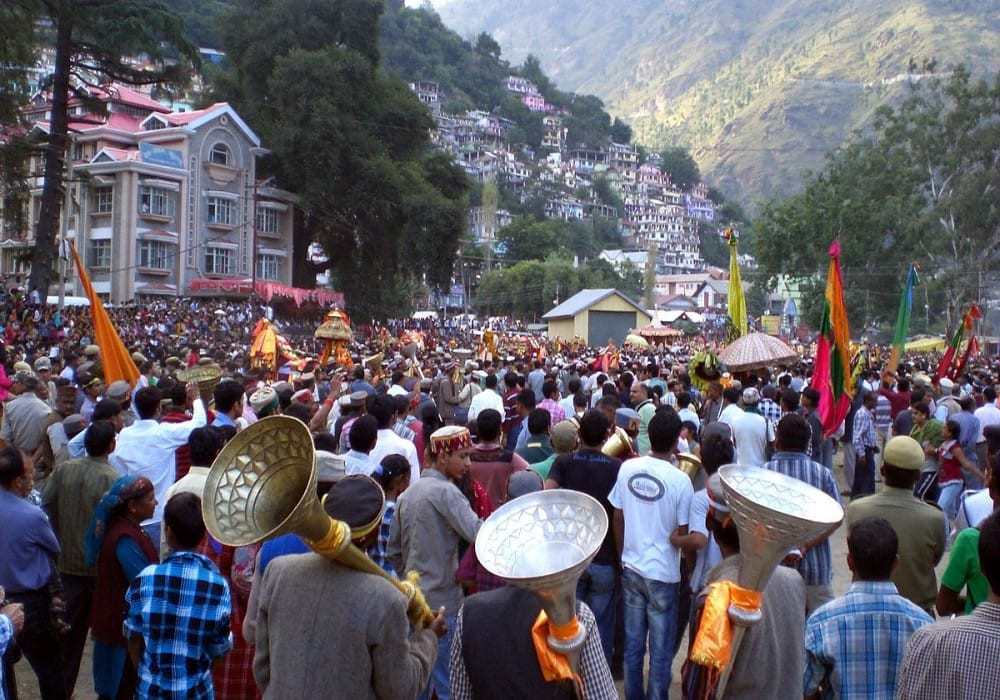


.jpg)
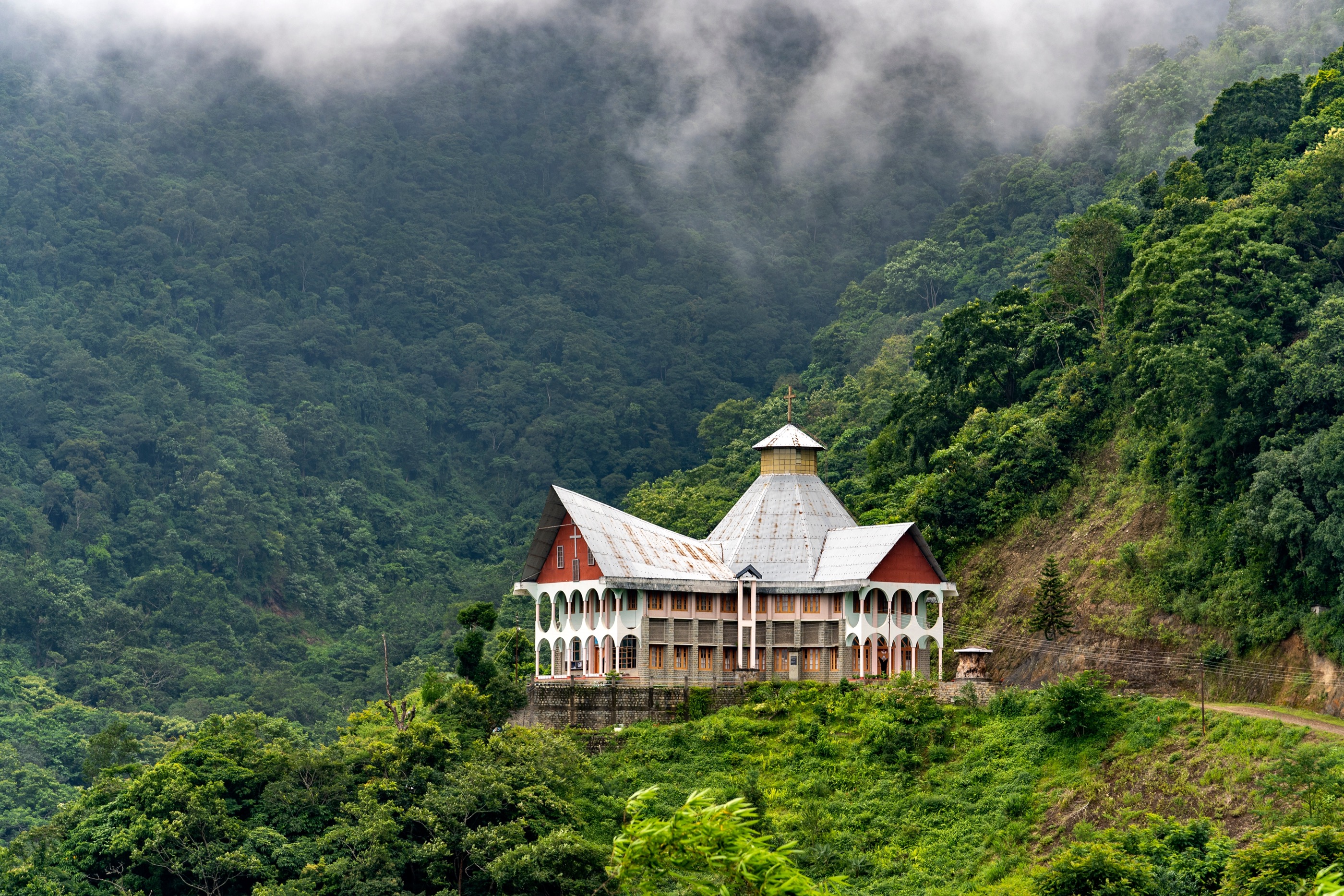


 Dubai
Dubai Malaysia
Malaysia USA
USA